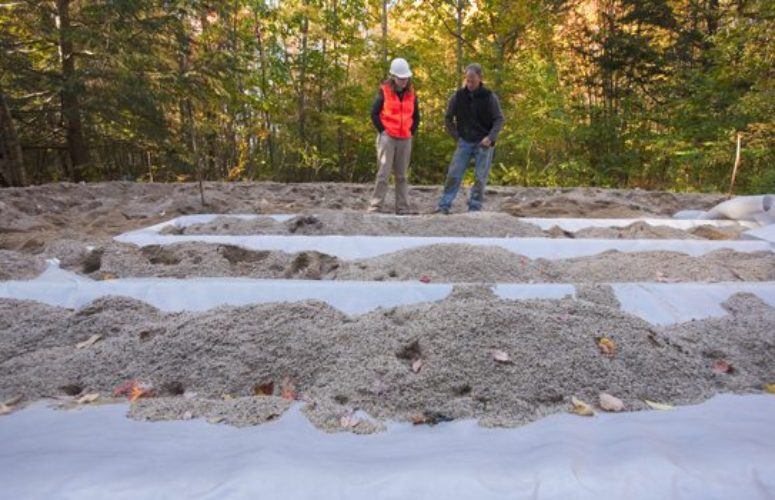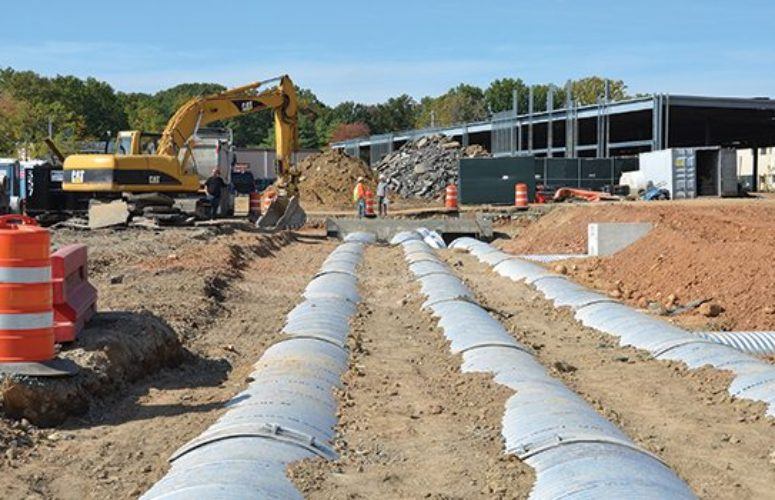
Updating NJ’s Cleanup Standards
This is the next logical step towards a cleaner environment.
By Op Ed, LSRPA Board of Trustees On Feb 26, 2015In 2009, adoption of the Site Remediation Reform Act (SRRA) focused on reducing the backlog of remediation cases by creating the Licensed Site Remediation Professional (LSRP) program. This allowed stakeholders to concentrate on defining the roles and responsibilities for LSRPs, the New Jersey Department of Environmental Protection (DEP) and those parties responsible for conducting remediation (PRCRs). Experience has proven this “let’s crack one big nut at a time” approach to be valuable, as there were any number of issues to resolve – both anticipated and not – in creating the legislation to effect a sea change in how we accomplish site remediation in our state.
Though clearly understood as an issue in need of attention even then, updating New Jersey’s remediation standards was tabled to maintain the focus on developing the LSRP program. With the LSRP program well underway and early successes under our belts, it is time to revisit the remediation standards as the logical next step.
DEP currently has a stakeholder process that is addressing revised soil standards, as the current standards sunset this year. Our experience with this stakeholder process indicates that while much work is being done by DEP to update the current standards, the existing legislation is a constraint that is impeding progress toward adoption of a full range of available scientific approaches to characterize and address risk while ensuring protective remediation of contaminated sites.
It has been 20 years since the Legislature addressed standards comprehensively. Science and policy affecting remediation standards have evolved significantly since that time on a federal level and in states across the country. While setting the appropriate cancer risk level underlying the cleanup standards has been the focus in New Jersey, there are several other equally important issues. These include: incorporating scientific advances in the establishment of remediation standards; the greater use of site-specific factors in determining risk; encompassing tailored exposure scenarios; avoidance of redundant assumptions; and consideration of ground water use. We believe that existing law allows greater use of these methods, but clarification or amendment by the Legislature could be helpful.
Massachusetts has developed generic “look up” cleanup standards, but also provides methods that allow site-specific modifications that more closely reflect actual site conditions, as well as the use of “full blown” risk assessment to establish whether remediation is required and decide cleanup goals, where warranted.
The United States Environmental Protection Agency (EPA) and other states have developed advanced protocols to assess risk and cleanup levels, using a variety of methods related to migration to ground water, vapor intrusion, petroleum hydrocarbons, and other pathways of contaminant fate and transport and/or exposure. These protocols evaluate multiple lines of evidence in determining how to establish cleanup standards. Policies that provide protection for residents through monitoring the natural attenuation of contamination or imposing institutional or engineering controls to prevent exposure have previously been incorporated into New Jersey’s regulatory program. However, the underlying science has also advanced over time, and new approaches, such as documenting the natural source zone depletion of petroleum hydrocarbons, deserve New Jersey’s full consideration.
We encourage all stakeholders in New Jersey’s Site Remediation Program to engage in a necessary dialogue on our state’s remediation standards, in order to provide greater opportunity for the development of alternate, site-specific standards and use of the related policy and science from which they derive. The application of modern advances in remediation to protect human health and the environment – and the resulting support to the state’s economic redevelopment and growth – is fundamentally important to the citizens of New Jersey.
Related Articles:






